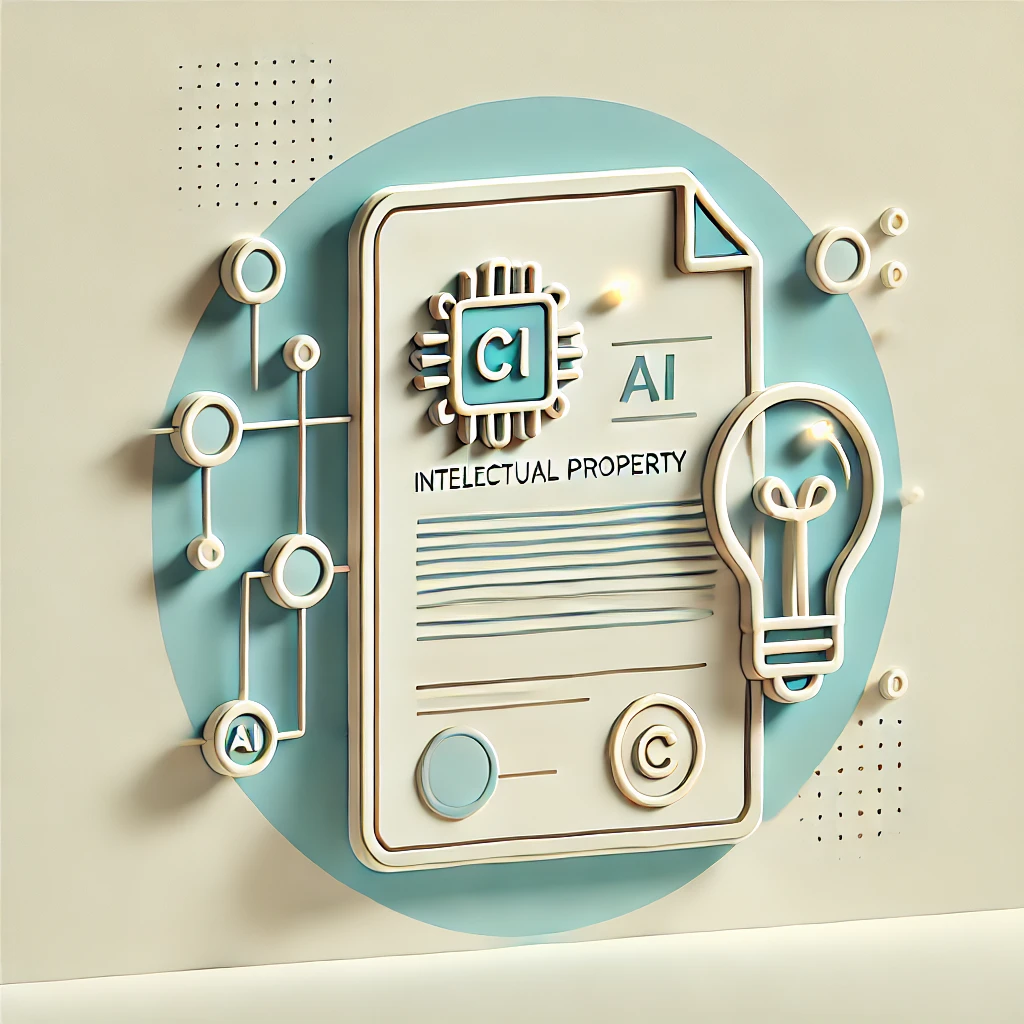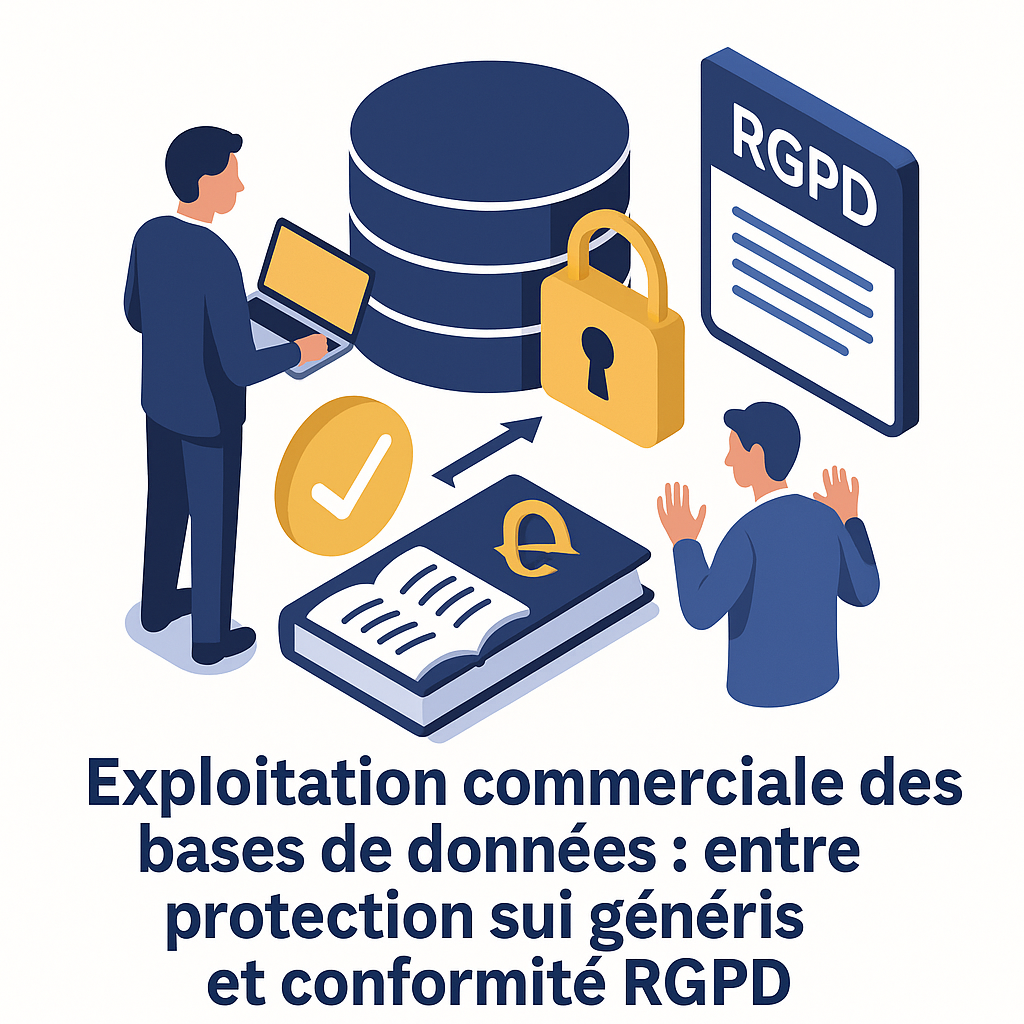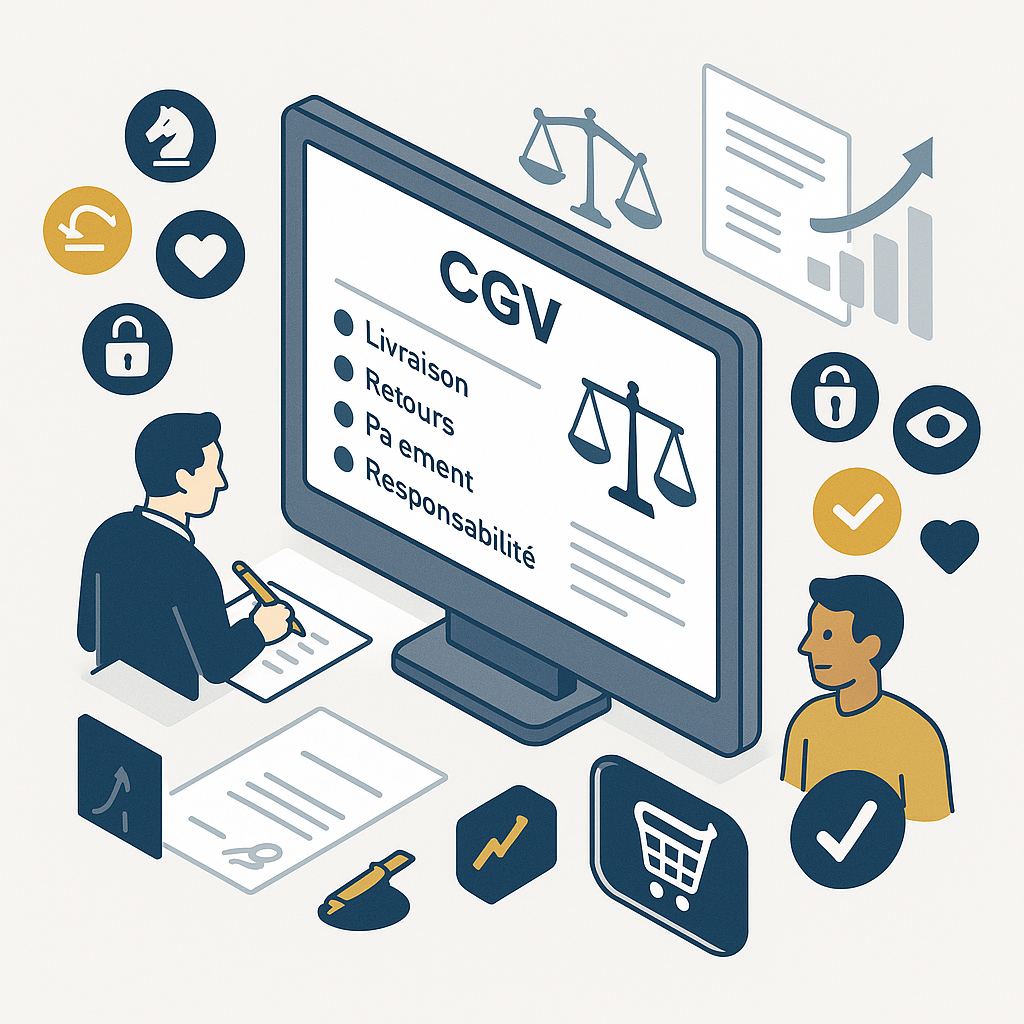How should intellectual property traditionally designed to protect works be viewed in relation to generative AI?
The rise of generative artificial intelligence is transforming the creation of content in many fields, whether text, images or video. Using machine-learning models, these technologies enable works to be produced on a massive scale and in record time, blurring the boundary between human creation and automation.
One of the major challenges of generative AI concerns the question of ownership of rights to works produced by these technologies. Copyright, historically based on human contribution, raises the question of assigning rights to creations generated by algorithms.
The evolution of generative AI not only complicates the protection of works by copyright, but also raises questions about patent and trademark protection. These intellectual property instruments, traditionally designed to protect inventions and commercial identities, need to be rethought in the light of new technologies.
Patents for AI-assisted inventions
The patentability of an invention generated by or with the help of an AI depends on the ability to demonstrate a human inventive contribution. In many cases, patent offices require the invention to result from a human-guided inventive step, which limits the protection of inventions generated entirely by algorithms. Debates persist as to whether AI systems can be considered inventors and, consequently, whether patents should be granted to them.
Trademarks and protection of commercial identity
The use of generative AI tools in the creation of logos, slogans or other visual identity elements can give rise to counterfeiting risks if the creations produced resemble existing brands. Companies need to put in place control mechanisms to ensure that the content generated does not infringe the rights of third parties, while preserving the originality and uniqueness of their corporate identity. Brand rights management in a generative AI context calls for heightened vigilance, particularly in the event of abusive or unauthorized use of creations by competitors.
Issues common to patents and trademarks
Recent case law decisions show a certain reluctance to extend protection to creations without human intervention, underlining the need to rethink existing legal frameworks.
Adapting traditional protection criteria (originality, inventiveness, distinctiveness) to AI-generated works or inventions remains a major challenge for legislators and the courts.
The legal responsibilities of generative AI
The use of generative AI raises questions of liability in the event of infringement of intellectual property rights or the production of illicit content. The complexity of training, the use of protected data and the partial autonomy of systems raise the question of liability, from the point of view of both developers and end-users.
Determining liability
In the event of unauthorized use of protected content for training or generating works, it must be determined whether responsibility lies with the tool supplier, the user who configured the model, or a third party involved in the training process. The AI's lack of legal personality places responsibility on the humans involved in its creation process.
Database and training risks
- AI models are trained on large datasets that sometimes include protected works. If this data is used without authorization or outside the scope of legal exceptions (such as text and data mining), liability may be incurred for copyright infringement.
- Contracts with AI suppliers must include guarantees concerning the provenance of training data, in order to limit the risk of litigation.
Exceptions and legal obligations
- The exception for text and data mining allows, under certain conditions, the use of protected content for training purposes. However, the right of opposition (opt-out) of rights holders must be respected, which further complicates the allocation of responsibilities.
- The transparency obligations imposed by new regulations, such as the AI Act, aim to clarify the use of training data and assign responsibility in the event of non-compliance.
Generative artificial intelligence is challenging the traditional foundations of intellectual property law. As technologies continue to evolve, legal frameworks must adapt to determine ownership of rights in works produced by or with the assistance of AI. Recognition of human intervention as an indispensable criterion for copyright protection remains essential, while prompting a rethink of invention and trademark protection in an unprecedented technological context.
European and international initiatives, such as the AI Act and adaptations of the DAMUN directive, offer avenues for harmonizing regulations. However, the debate remains open as to the balance between protecting rights and promoting innovation. For companies, this means setting up clear contractual strategies and keeping a close eye on developments in court rulings and regulations, in order to secure their creations and their business model.
This changing legal landscape underlines the importance of close collaboration between creators, lawyers and regulators to define standards adapted to the challenges of generative AI.




